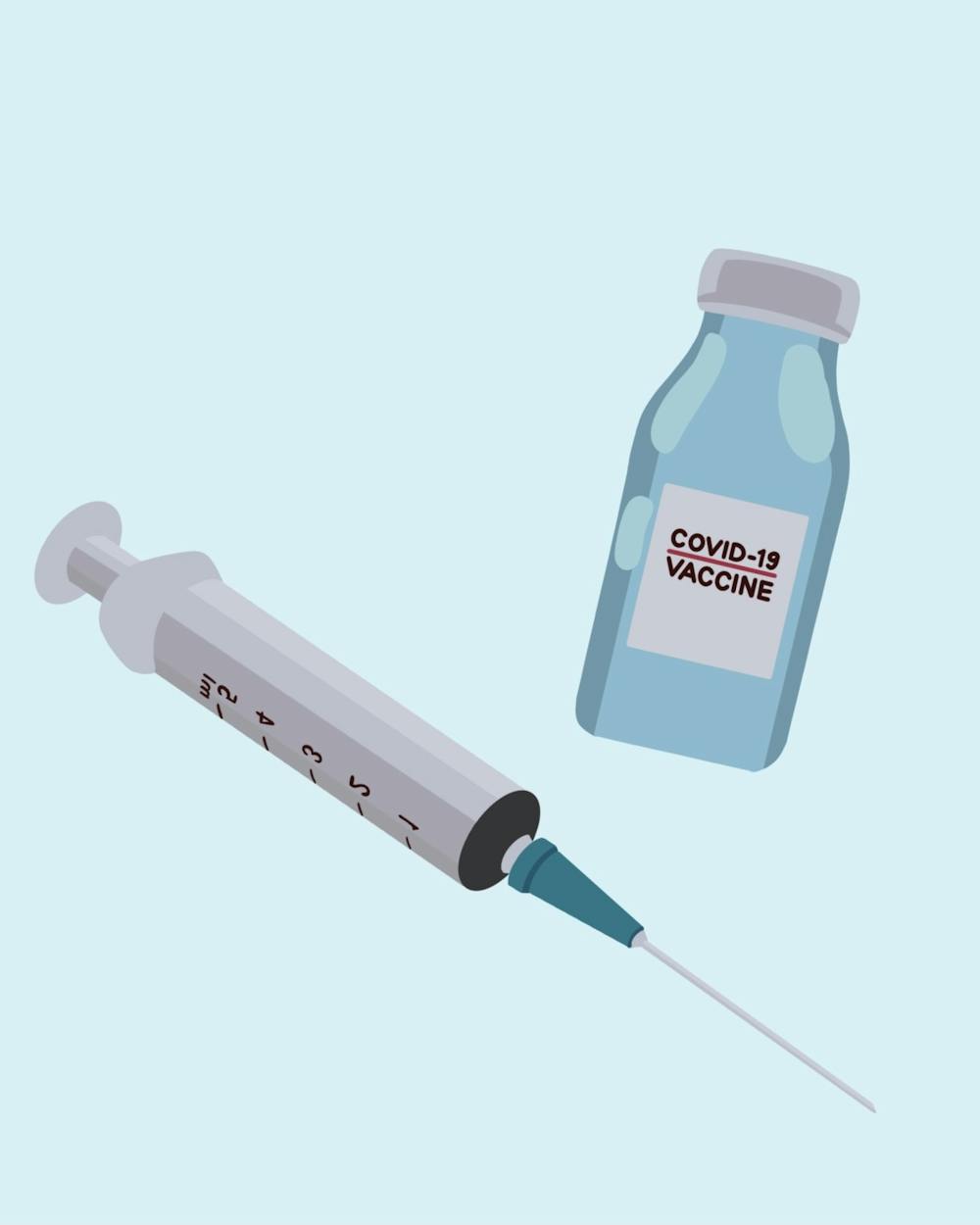Lea en español
It is no question that the issue of racial inequality has been at the forefront of the United States for the past 150 years, and since the start of the pandemic, these problems have not gone away, presenting a particularly deadly concern for Black and immigrant communities. Systemic health inequalities have contributed to people of color having higher risk of contracting COVID-19 and experiencing worse outcomes, including higher death rates.
Now, as COVID-19 vaccine rollouts have begun, these communities are not receiving the same access to COVID-19 vaccines. In Virginia, of the 40.5 percent of COVID-19 vaccinations that reported the race or ethnicity of the recipient, only 13.6 percent have been administered to African Americans as of Monday.
Centers for Disease Control and Prevention statistics indicate that marginalized communities are at higher risk and are more likely to contract the disease due to systemic factors such as socioeconomic status, access to healthcare and working in an essential job. African Americans constitute 1.4 times the amount of COVID-19 cases as white and non-Hispanic persons, 3.7 times the rate of hospitalization and 2.8 times the amount of deaths.
Brookie Crawford, public information officer for the Virginia Department of Health, analyzes the circumstance by noting the historical discrepancies between treatment of white Americans and African Americans in healthcare.
“Because of structural racism, people of color have disproportionate access to resources and, related to that, higher rates of some chronic diseases such as diabetes and hypertension that increase risk of severe complications from COVID-19,” Crawford said.
Virginia’s current vaccination plan prioritizes health workers and individuals who are considered more at risk for contracting COVID-19.
Georges C. Benjamin, executive director of the American Public Health Association, explains that Virginia is operating under Phase 1b of vaccinations, which includes the administering of shots to individuals over the age of 65, those with chronic illnesses and essential workers, including grocery store workers and elementary school teachers. Healthcare workers and nursing home residents were vaccinated during Phase 1a, which began in mid-December for many health districts and led over 50,000 people to be vaccinated in the Commonwealth.
Though the plan is allowing Virginians to be vaccinated, it is still flawed, according to several healthcare professionals.
Ebony Jade Hilton, anesthesiologist and associate medical professor at the University, notes the persistent wealth gap — which shows that the average white family has eight times the wealth of the average Black family — plays a role in creating barriers to vaccine treatment.
Hilton presents an example of such a gap through the privilege of nursing home residents during the vaccination process, as they are considered higher priority than parties with chronic diseases, first responders, homeless shelter workers and grocery store workers, among others. According to Hilton, 78 percent of nursing home residents are white.
“The people who are in these homes, their family members have to actively seek out these homes because they have the money to place their elderly in here.” Hilton said.
Occupation also plays a part in contributing to faults of the current vaccine distribution system, Hilton added. For example, people who work at home can continue to do so even if they experience swelling or soreness from the vaccine, which are the two most common side effects. But construction workers or those who work in the meat-packing industry, whose jobs require them to be physically stable and alert at all times, could put themselves and others in danger if they are not able to take off work.
Part of this issue is exacerbated by the fact that many of these manual-labor-based jobs are the ones that pay the lowest, as the national average salary for manual workers is a mere $27,000, and those living close to or below the poverty line often live paycheck to paycheck. For some then, taking an extra sick day to recover from the vaccine’s side effects also presents a problem if a household is already struggling to make ends meet in wages.
While some may see side effects as reasons to avoid a vaccination, Benjamin states that these symptoms are an indication that the vaccine is working properly and believes getting vaccinated is a necessary step to take, as catching the virus would make a worker indisposed for even longer than the shot.
“Should they get infected, [workers] would be out of work for weeks,” Benjamin said. “This vaccine is, quite frankly, worth 48 hours of having a sore shoulder.”
Hilton, with much of the same mindset, strongly advocates for the protection and care of such “necessary workers,” believing that companies should allow for sick days to recover should an individual experience negative side effects from the vaccine.
Furthermore, Crawford is worried that state governments are not prioritizing the right individuals. She states that the only way for equality to be reached is to “require focused outreach to frontline and other essential workers to reduce access-related barriers to vaccination.”
Similarly, Benjamin believes it is crucial for people of power within the government and hospitals to make responsible decisions.
“We have to hold ourselves, resource allocators and [vaccination programs] accountable for reaching out into communities to make sure that we’re vaccinating the highest risk populations and that we don’t ignore them,” Benjamin said.
Following this, Benjamin also thinks it extremely important to invest in strategies that can efficiently collect “the data to document who is getting vaccinated and what the demographics are” and to actually step foot into these lower income communities and to engage in “community health centers” and “free clinics.”
“There is a great deal of hesitancy about the vaccine in communities of color due to a range of historical mistrust that people have with … health systems,” Benjamin said. “If you don’t go into those communities, communicating the right message from trusted messengers, and then make it easy for people to come in and get vaccinated, then you’ll have disparities.”







